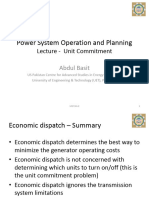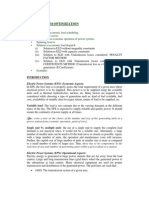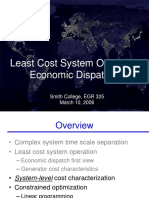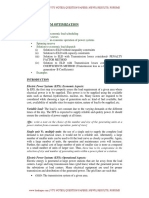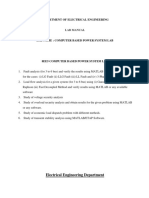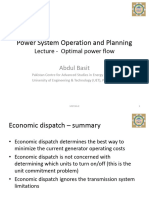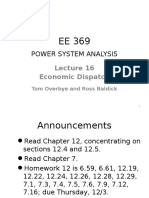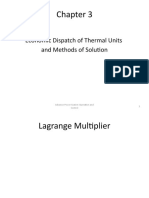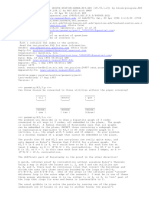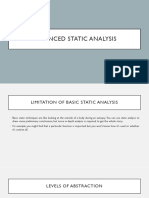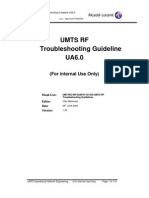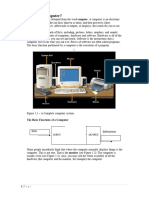0% found this document useful (0 votes)
121 views39 pagesL - Economic Dispatch
The document provides an overview of power system operation and planning, including objectives such as meeting changing load demand at minimum cost and maintaining power quality. It discusses economic dispatch, which determines the most cost-effective way to meet load by optimizing generator commitment and dispatch. The document also covers optimization techniques used in power system operation, such as Lagrange multipliers and the Kuhn-Tucker conditions for solving problems with equality and inequality constraints.
Uploaded by
Xeeshan KhanCopyright
© © All Rights Reserved
We take content rights seriously. If you suspect this is your content, claim it here.
Available Formats
Download as PDF, TXT or read online on Scribd
0% found this document useful (0 votes)
121 views39 pagesL - Economic Dispatch
The document provides an overview of power system operation and planning, including objectives such as meeting changing load demand at minimum cost and maintaining power quality. It discusses economic dispatch, which determines the most cost-effective way to meet load by optimizing generator commitment and dispatch. The document also covers optimization techniques used in power system operation, such as Lagrange multipliers and the Kuhn-Tucker conditions for solving problems with equality and inequality constraints.
Uploaded by
Xeeshan KhanCopyright
© © All Rights Reserved
We take content rights seriously. If you suspect this is your content, claim it here.
Available Formats
Download as PDF, TXT or read online on Scribd
/ 39


